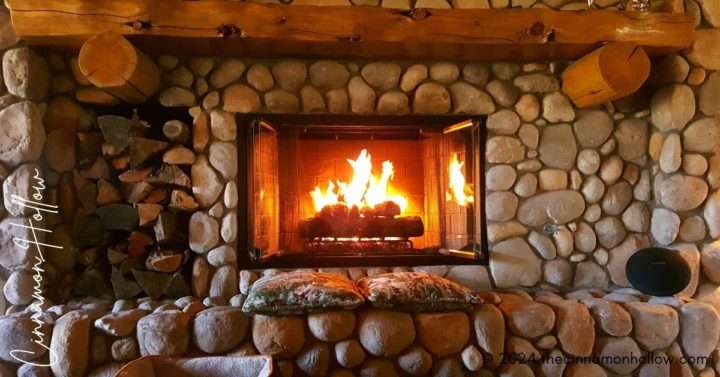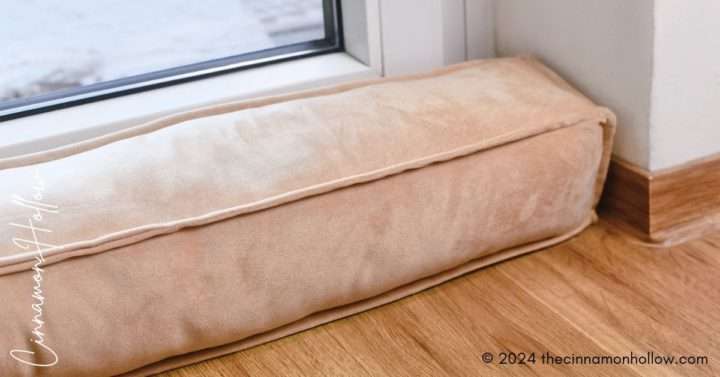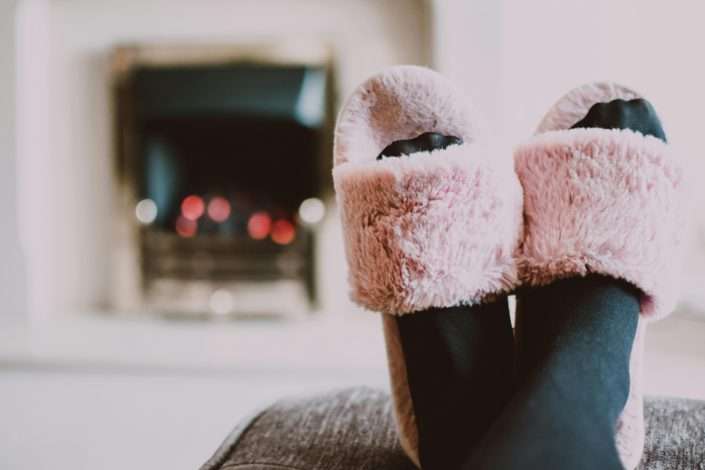As winter approaches, it’s essential to ensure your home remains cozy and inviting. The colder months can present unique challenges for maintaining warmth and keeping the chill outside. Fortunately, several updates and practices you can implement can make a significant difference in your home’s comfort and reduce energy costs.
From adding energy-efficient windows to using warm decor, let’s explore some effective ways of keeping your home warm and snug throughout the winter.
Upgrade To Energy-Efficient Window
One of the most effective ways of keeping your home warm this winter is by installing high-quality, energy-efficient windows. Old, drafty windows can lead to substantial heat loss, allowing cold air to enter and warm air to escape. By upgrading to energy-efficient windows, you can improve insulation, reduce heating costs, and make your home more eco-friendly. Look for double or triple-pane windows that create an insulating barrier between the exterior and interior of your home. Low-E glass, which has a special coating to reflect heat into the room, is another feature that can maximize warmth. Window Renewal by Anderson Windows can give you excellent energy-efficient models that enhance your home’s insulation while also adding style and value.
Add Extra Insulation
Insulation is crucial for maintaining a consistent temperature inside your home. While most homes have some level of insulation, adding or upgrading it can significantly improve your home’s energy efficiency and overall comfort. Focus on areas prone to heat loss, such as the basement walls and the attic. The attic requires particular attention, as heat rises and can escape through the roof without proper insulation.
Seal Gaps And Cracks
Gaps and cracks around doors, windows, and even electrical outlets can allow chilly air to seep into your home. To combat this, inspect these areas and seal any openings you find. Applying caulk around windows and weather stripping around your doors is both effective and easy to do. For outlets and light switches, consider adding inexpensive foam gaskets to help reduce drafts. Making these small changes can lead to a more consistent indoor temperature and lower heating bills.
Dress Your Windows

Windows are a significant source of heat loss in your home, even if you have energy-efficient choices. To add extra insulation, consider using thermal drapes or heavy curtains. These are effective for blocking drafts and preventing heat from escaping. During the day, open your curtains if you have south-facing windows to let natural sunlight warm your home. Then, close them at night to keep the warmth inside.
Include Warm Textiles
Incorporating warm textiles into your home is an easy way to create a cozy atmosphere. Layering soft blankets, plush area rugs, and thick throw pillows can instantly make a room feel inviting. Fabrics like fleece and flannel are excellent for retaining warmth. Consider adding rugs to hard floors for insulation and added comfort underfoot. Having quilted or weighted throws on sofas or beds can provide extra warmth and can easily be added or removed as needed.
Utilize The Fireplace

If your home has a fireplace, winter is the perfect time to make use of it. Gas or wood-burning fireplaces can generate a substantial amount of heat, allowing you to lower your thermostat and save on heating costs. For an eco-friendly option, consider adding an electric fireplace insert, which does not require a chimney. If you have a wood-burning fireplace, ensure it is properly maintained, with the flue closed when not in use, to prevent heat loss from your home.
Reverse Ceiling Fans
Most people associate ceiling fans primarily with cooling; however, they can also help distribute heat more effectively in winter. Many ceiling fans feature a switch that reverses the blade direction. For winter use, set the fan to turn clockwise at a low speed. This helps circulate the warm air that rises to the ceiling back down into the room, making a significant difference in controlling your home’s temperature without increasing heating costs.
Adjust Your Thermostat Wisely
Programmable or smart thermostats are excellent tools for keeping your home comfortable while conserving energy. You can lower the thermostat setting when you’re asleep or away, which will not only enhance your comfort but also significantly reduce your heating bills. Smart thermostats take this further by learning your routine and automatically adjusting the temperature. Some models even allow for remote control, ensuring your home is warm and welcoming when you return.
Block Off Unused Rooms
If you have spare rooms that are seldom used, such as guest rooms or storage spaces, consider blocking them off to reduce heating costs. Close the doors and, if possible, turn off any ventilation. This approach reduces the amount of space you need to heat in winter, enabling your system to operate more efficiently. By focusing on smaller areas, you can retain warmth where it’s needed most, ultimately leading to lower.
Consider Adding Floor Heating
If you’re thinking about renovating your home and want to make a long-term investment, floor heating is an excellent option. Installed under hardwood, tile, or laminate flooring, a floor heating system can warm your home from the ground up, ensuring that your feet stay warm. This type of heating distributes heat evenly throughout each room. While the initial cost can be high, floor heating offers energy-efficient benefits and reduces reliance on traditional heating systems.
Use Draft Stopper

Draft stoppers are an inexpensive way to prevent cold air from entering your home through the gaps under doors. You can purchase them or make your own by filling a tube with rice, sand, or another heavy material. Place these stoppers at the bottom of your doors, especially those leading outdoors, to block drafts and keep warm air inside where you need it most.
Conclusion
By making a few simple updates and adjustments to your home, you can ensure it remains a warm and inviting retreat from the winter cold. Upgrading to energy-efficient windows, adding extra insulation, and incorporating cozy textiles will enhance your comfort and create an energy-efficient living space. While winter may bring chilly temperatures and harsh weather, a little preparation can help keep your home cozy all year round.









